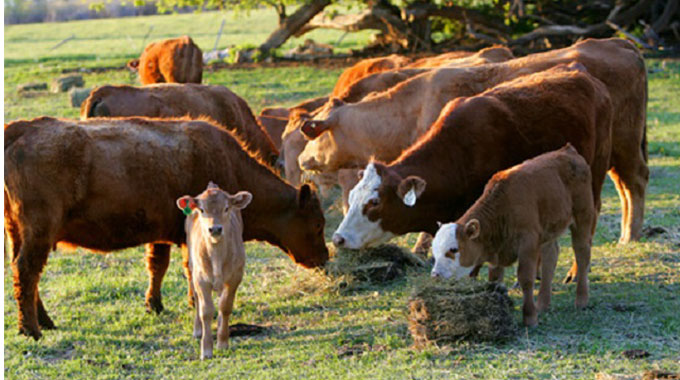
The Sunday News

Farming issues, Mhlupheki Dube
THE general trend in most agro based products is that usually the formal market pays better than informal markets.
It is for that reason that we generally recommend farmers to try and take their produce to formal markets so that they can derive the best value from their commodity.
However, my experience over the years has been that there are some commodities which seem to always fetch better prices when smallholder producers sell them through informal markets among themselves. This is true for goats and some horticultural products for the majority of times.
One finds that a producer who is doing cabbages at some small communal irrigation scheme in Bulilima will sell his cabbages at about R20 each to locals, a value which is slightly above US$1. When this producer tries to take his cabbages to a bigger and more formal market in Plumtree Town, they would probably want to take them from him at a US$1 for three cabbages.
This means that the formal market is way less lucrative than the local market. Of course, the formal market will always have an advantage that it takes large volumes and relieves the farmer the burden of selling his product in single units. Another example of the formal market offering less than the informal one is in the goat value chain. A goat in Mangwe District will go for anything up to R1 200 within the community.
This translates to about US$80 for an ordinary indigenous goat. You will not get that from an abattoir. Most abattoirs buy goats at about USD2.30 per kg and with our indigenous goats especially in Matabeleland North dressing to about eight kilogrammes of meat, it means your goat can only fetch slightly above US$18.
In fact, I know of a community which has an abattoir within their locality but they are always crying for a market for their goats. They sell goats among themselves for anything up to US$35 hence US$18 is simply untenable. While I may not be able to proffer any solution to this anomalous discrepancy, it is important for the market to strike a middle ground for the viability of the affected value chains. The normal situation should be the one where one gets a far much better price when they take their product to the formalised markets.
A value chain will not be viable when producers have to sell the products only among themselves. They have to take it beyond their boundaries where it will be taken in large volumes and hopefully in better prices. The capacity of local informal markets is always very limited and hence unstainable. Something will certainly be amiss when local markets can offer way above what formalised markets.
It’s either the pricing model of informal markets is terribly wrong or the formal markets are simply reaping producers off. The market is famed for the ability to self-correct, one hopes that we will see that happening in the few mentioned sectors above.
Talking of markets, we in the livestock sector are thrilled at the return of the Zimbabwe International Trade Fair (ZITF) this year, specifically the exhibitions of livestock. This is a prime marketing space for livestock farmers and its closure due to the Covid-19 pandemic has been affecting farmers who needed to showcase their products.
I certainly look forward to the event this year just to see how the sector has been performing under the pandemic and also with good rains received this year I hope many farmers will be able to exhibit their stock at this premier show.
Uyabonga umntakaMaKhumalo.
Feedback [email protected]/ cell 0772851275



